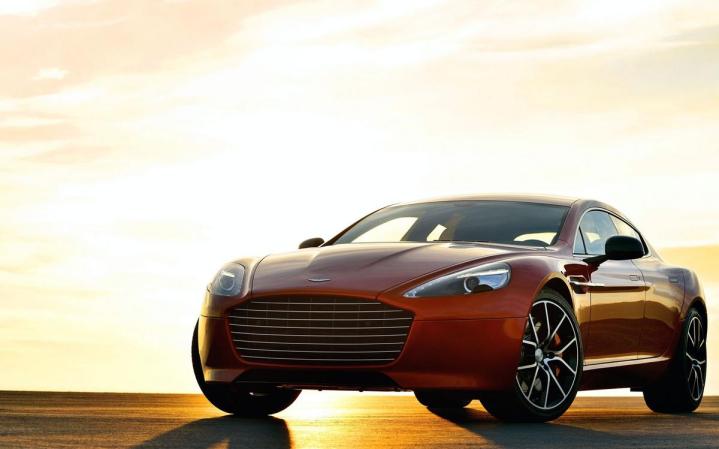
Designed primarily for the United States and China, the battery-powered Rapide will be Aston Martin’s first-ever regular-production electric vehicle. The project is at the embryonic stage of development so technical details are few and far between, but Palmer hinted the sedan will boast all-wheel drive, 800 horsepower and a 200-mile range thanks to a battery pack sourced from an established supplier such as LG or Samsung.
The battery-powered Rapide will be as fast as it sounds, but Aston Martin isn’t interested in going faster than Tesla’s recently-announced Ludicrous Mode.
“We don’t do Ludicrous because Ludicrous speed is stupid,” said the outspoken executive. He clarified his statement by saying he believes it’s more enjoyable to drive an electric car around a race track such as the Nürburgring than to drive one flat-out in Ludicrous Mode for 500 yards. Equally outspoken Tesla CEO Elon Musk hasn’t replied to the comments yet.
Palmer explained that Aston decided to build an electric Rapide in order to comply with the strict emissions regulations that are scheduled to come into effect across key markets like Europe, China and the United States in the coming years.
“If you want to keep making V-12 engines, then you’ve got to do something at the opposite end of the spectrum,” said the executive.
Other high-end companies including BMW, Mercedes-AMG and even Lamborghini are taking a serious look at EVs and hybrids for similar reasons. Reading in between the lines, the statement also indicates that Aston will stick to the V12 engine in the foreseeable future.
The electric Aston Martin Rapide will go on sale in approximately two years, though the company is already putting a test mule through its paces. It will cost anywhere between $200,000 and $250,000 before government incentives are factored in, and the car maker expects to build less than 1,000 examples annually.
What’s next?
The electric Rapide is just one of several new Aston Martins scheduled to bow before the end of the decade. The company is in the early stages of revamping its entire lineup, a Herculean task that begins with developing a new modular platform. Aston’s first-ever utility vehicle will arrive before the end of the decade, and Palmer hasn’t ruled out launching a limited-edition super sports car billed as a successor to the potent One-77.
Editors' Recommendations
- Tesla Model Y vs. Nissan Ariya: Can Tesla take out Nissan’s electric crossover?
- Aston Martin combines cameras and mirrors to give drivers maximum visibility
- 2021 Aston Martin DBX is perfect for a 00 agent with a family
- Aston Martin goes from four wheels to two with AMB 001 motorcycle
- If you want Aston Martin’s newest supercar, you’ll have to buy a classic first




